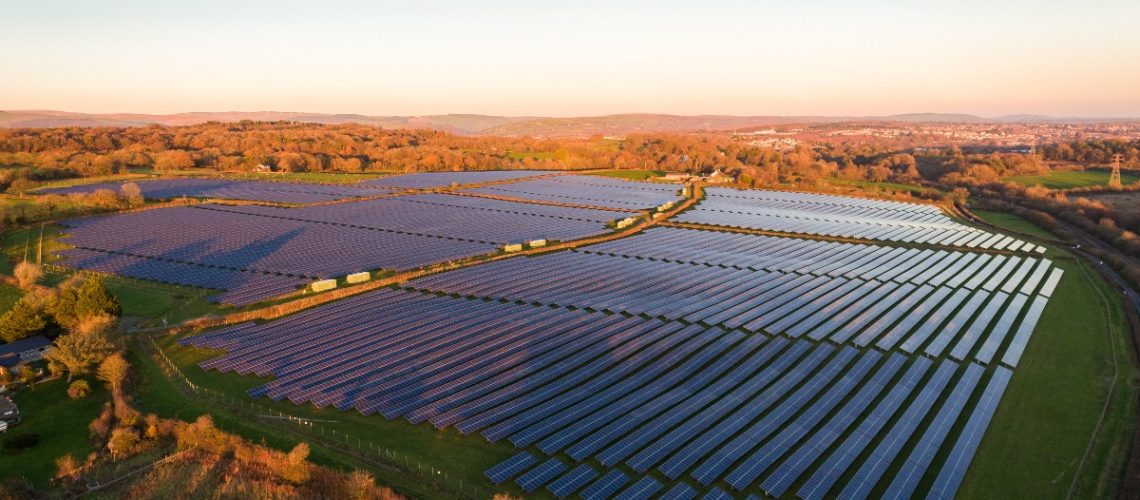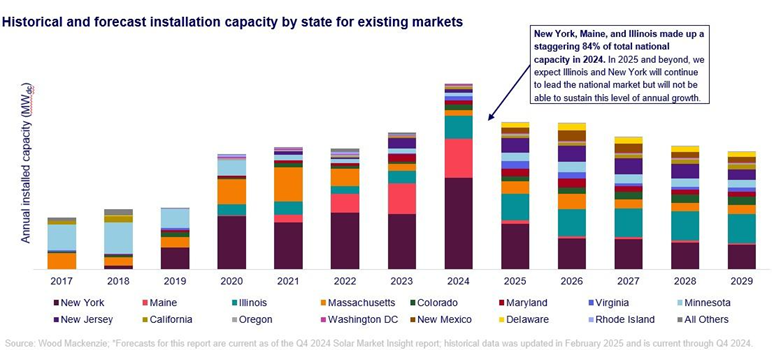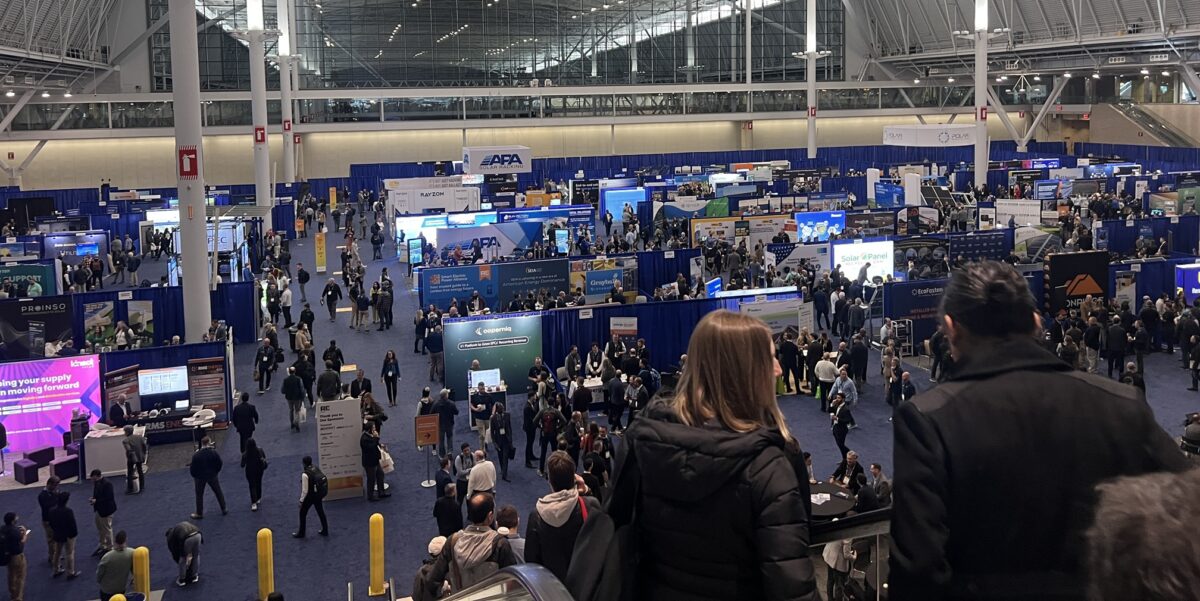Following a $16.5 million investment, the company is looking to grow its team and product quickly, in what CEO and Founder, Richard Keiser, sees as an inevitably consolidating market.
Earlier this month, community solar provider Common Energy announced one of the largest investments ever made in the community solar space. It secured $16.5 million from S2G Ventures for the purposes of expanding consumer access to local, community solar projects across the country, scale Common Energy’s energy management platform, and growing the company’s management and operating teams.
Looking to dig more into the specifics of Common Energy’s business growth and platform enhancement goals, pv magazine sat down with company CEO and Founder, Richard Keiser, who also took some time to expand on his vision for the future of community solar’s role in the U.S. energy transition, and where Common Energy fits into that role.
Like other community solar providers, Common Energy operates as a two-sided marketplace, with a software platform that connects two different parties: energy users who want to support community solar projects, and independent power producers (IPPS), who own and operate the projects. Common Energy’s platform has two aspects to meet the needs of each of these parties: a consumer facing aspect, which enables members of the public to sign up and enroll; and a developer facing aspect, which is geared toward project management.
Common Energy said the financial and collections visibility provided by the platform results in higher project ROI for its clients. The platform can also be customized to facilitate reporting and accounting.
“There are different aspects of of the platform for each different constituent,” said Keiser. “[For energy users,] you want to make things as easy as possible to enroll, so we’re constantly looking for innovation and improvement to facilitate an easy customer journey. On the Developer Tools side, you really want to have really good visibility into the project performance, project collections, and into reporting, to make it easier for developers to see what the return is on the project, see how well it’s subscribed, and see how well it’s collecting. We’re constantly investing in those two areas of the platform to serve both of those constituents.”
According to Keiser, Common aims to partner with well-financed developers that have an existing track record of delivering a large number of projects or large number of installed MW, citing Standard Solar as a client who fit the bill. These and other similar companies approach Common with a portfolio that they need help executing. Usually, they partner on a collection of projects in one geography – Keiser used hypothetical examples of a 20 MW portfolio in Illinois and a 30 MW portfolio in New Jersey – and Common fills in the demand gap by securing customers to purchase the energy generated by each project within the portfolio.
As Common Energy evolves, aided especially by S2G Venture’s investment, Keiser says the name of the game is growth and platform execution in what he believes will become a rather consolidated market for community solar solutions providers.
“First priority is growth of the team,” he said. “You want to get more talented people on board, and when you do that, then they build great products. So, in terms of focus, it’s growing out our team, investing in the platform and securing more volume… Servicing these projects is complex, because instead of having one offtaker, each project might have 300 to 1000 different offtakers. That means you’re keeping track of the accounting for 300 or 1000 subscribers per project each month; collecting money for from them each month and depositing that money into developer accounts each month. That is among the most complex servicing relationships out there, so we believe that a number of players will have difficulty scaling that operation and and delivering the performance that matters for developers.”
Keiser sees this potential consolidation in the community solar management realm as net positive for the entire industry, not just his firm. In his view, community solar will be insulated from the typical stagnation in market development and innovation that occurs when competition is consolidated, because the market for developers and demand for project will still be as diverse as ever.
“Without question, large scale renewables are the fastest way to decarbonize,” Keiser said. “However, community solar plays a very important role in that, the consumer needs to take the step to educate themselves just to enroll and get personally involved with the subscription. Large scale renewables can happen completely invisible to the consumer, whereas community solar involves the consumer directly in supporting the project. When they do that, they feel and experience a much deeper connection to what is actually happening, because the project is locally built, it’s near where their home is, they can drive to it, see it. That plays an important role in the catalyst as a catalyst for a consumers mindset.”






